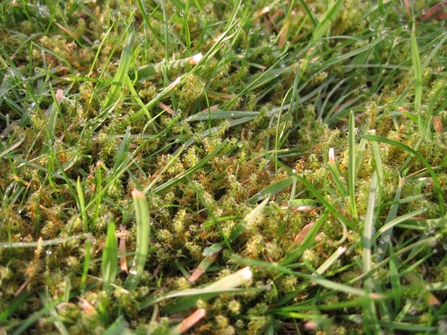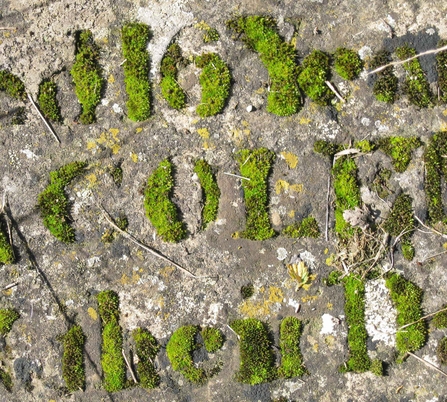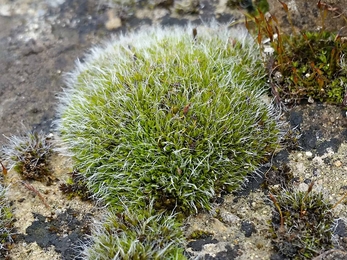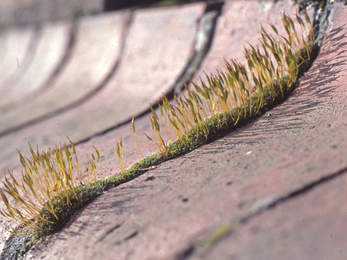
National Moss Day is a celebration of the centenary of the British Bryological Society (BBS), the society devoted to the study of mosses, liverworts and hornworts, which together are known as bryophytes. The BBS was formed in 1923 in a merger of the two branches of the Moss Exchange Club. Northampton was central to this, a key figure was the great Northampton bryologist Hugh Dixon who became its first President.









